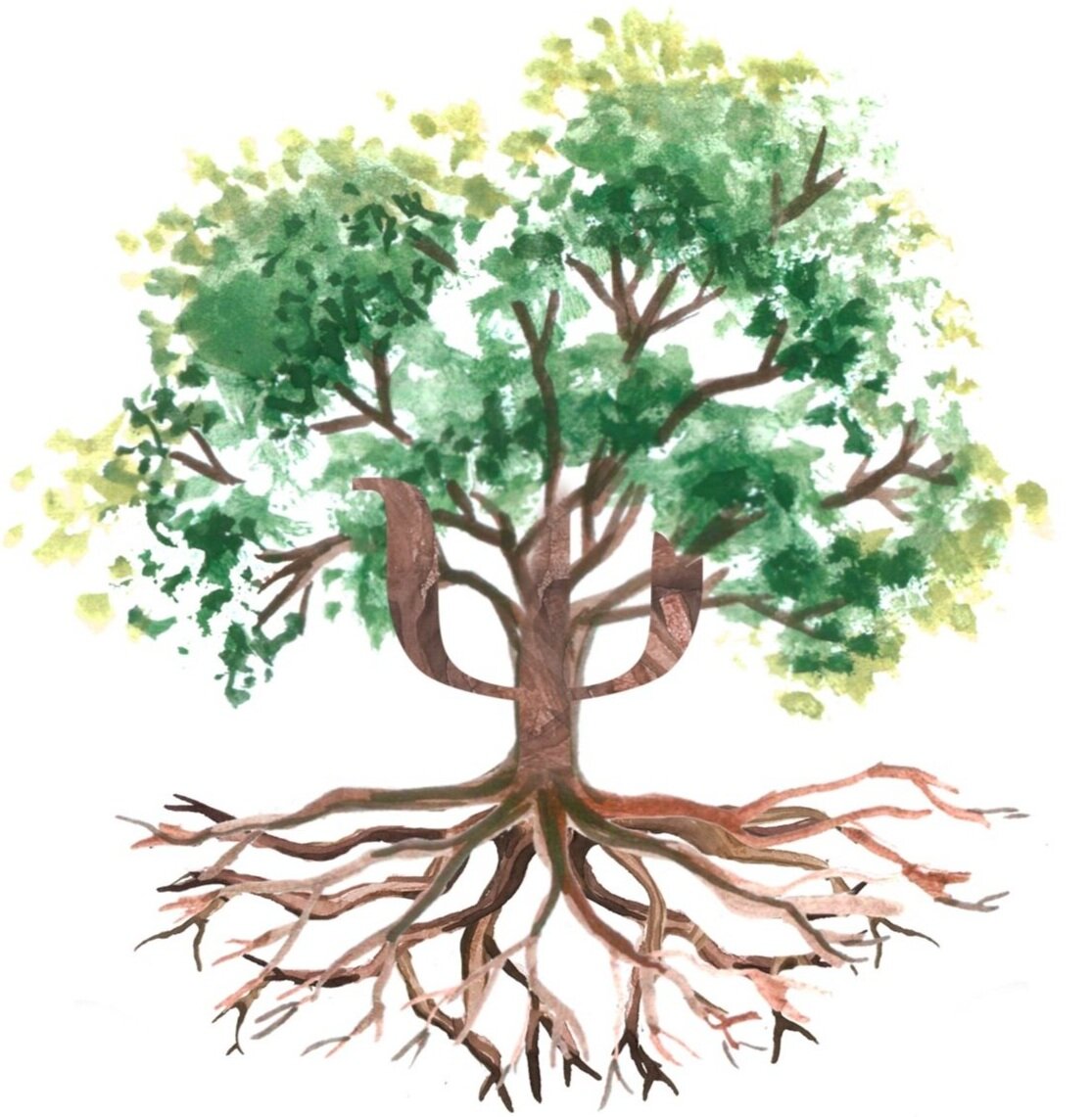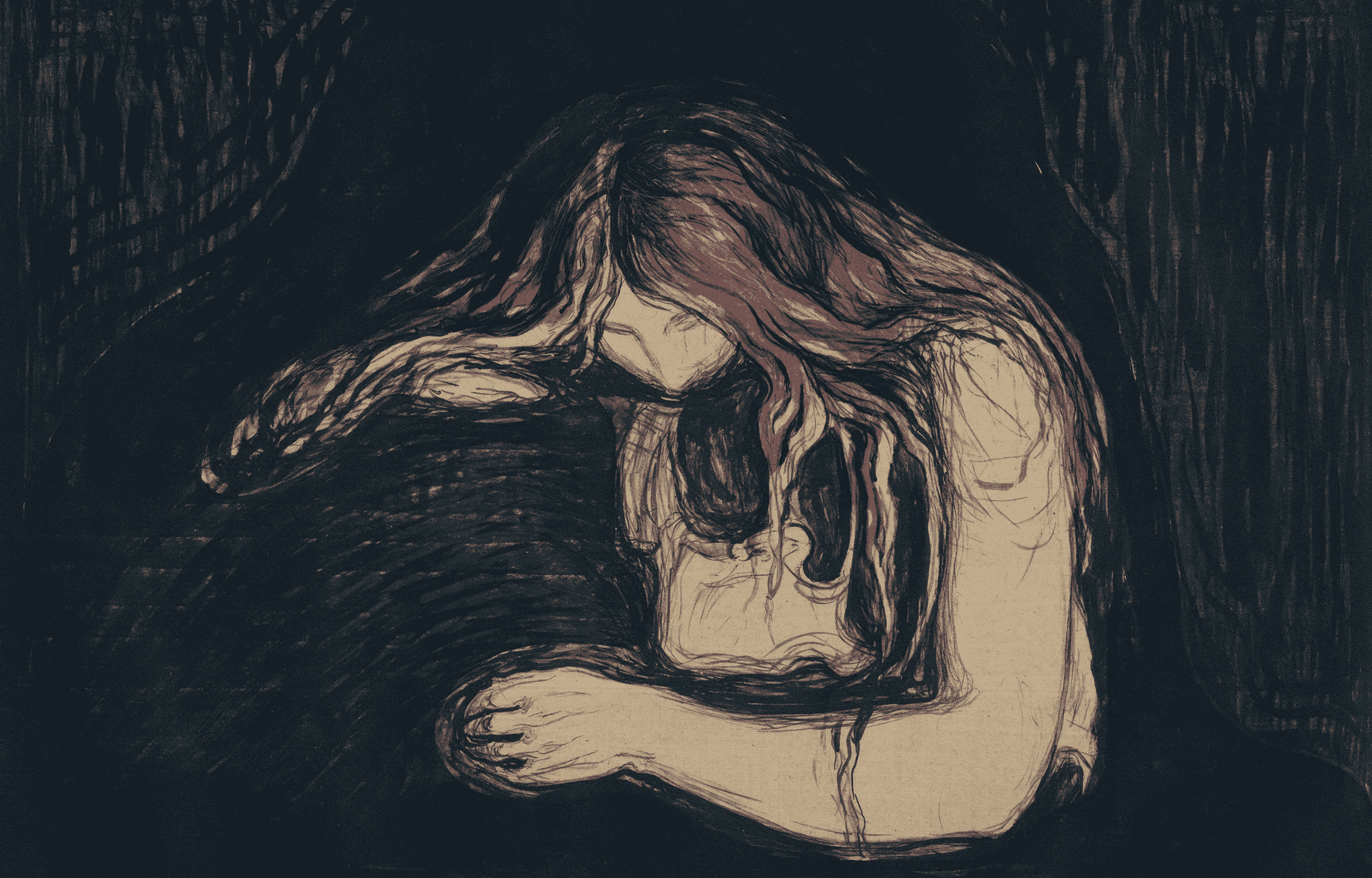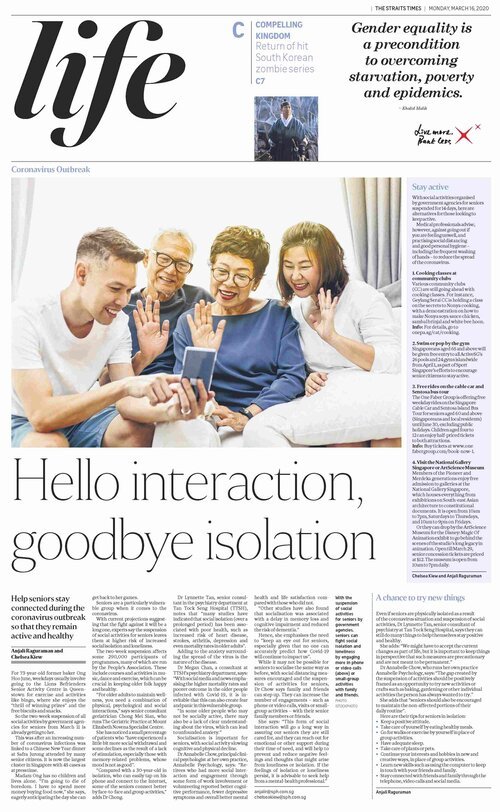The Art of Forgiveness
How do I forgive someone when they have brought me so much hurt?
Who hasn’t been hurt by the actions or words of another? Be it from your family or friends (or even a stranger!), we are likely to encounter situations where others say or do something that hurts us deeply. When this occurs, it is normal to experience and to cling onto feelings of anger, resentment, and pain. On the other side of the same coin, forgiveness is challenging – in fact, it is one of the toughest things to do.
What is forgiveness?
Even the term “forgiveness” is a tricky one. Forgiveness does not necessarily mean entirely forgiving the person or condoning their actions. Instead, forgiveness means that you make an active decision to accept what has happened rather than hanging onto the “could’ve” and “should’ve”. It involves letting go and freeing yourself from the hurt and pain that others have caused. Forgiveness can even lead to feelings of understanding, empathy and compassion for the one who hurt you and brings a kind of peace that helps you go on with life.
Why should I forgive others? Why should I make the effort to forgive when holding onto the negative feelings seem so much easier?
Forgiving someone can certainly be difficult and it is even harder when the other party does not seem apologetic. Despite this, forgiveness is the healthiest path forward. Forgiveness comes with an array of positive benefits on our mental and physical well-being, including increased self-confidence, optimism, reduced stress, and having a more positive outlook on life.
How do I forgive someone? Understanding and Letting Go of Anger and Resentment
One way to look at the situation is from an acceptance and commitment therapy (ACT) approach. ACT involves acknowledging and accepting unwanted experiences that are beyond your control and committing to engage in concrete actions that will improve and enrich your life instead.
ACTing Towards Forgiveness
Let’s take a look at how the 6 core processes of ACT can be helpful with the process of forgiveness:
1. Cognitive Defusion
Cognitive defusion involves learning to recognize that thoughts, memories, feelings, and other cognitions are simply bits of language and images that are nonthreatening, nor are they hard truths and facts. To do so, take on a third-person perspective when looking at what is going on in your mind – just like stepping back and viewing your reflection in a mirror! Separate the unpleasant and unwelcome cognitions from yourself. The opposite of this is known as cognitive fusion, where you get entangled in your thoughts, memories, and feelings.
Rather than replaying the event and wallowing in anger, there’s a better way to cope. One method is through journaling, which turns thoughts and worries into mere words that are not related to you.
It sounds difficult, that’s for sure. But with practice, you should ultimately learn to face negative experiences and come out the other side with a decreased fixation on the hurt and pain experienced.
2. Acceptance
When others cause us any form of hurt, it is normal to experience negative emotions. In fact, it is often these intense emotions that make it so hard to forgive someone. Whenever we experience hurt and anger, it is practically instinctive for us to try to avoid it and quash them. After all, no one enjoys wallowing in negativity. Rather than suppressing those emotions, try practicing accepting them instead. Acceptance involves allowing those unpleasant experiences to exist and embracing them without trying to deny or change them. It does not necessarily mean endorsement or justification, but simply acknowledging that you don’t have power or control over the past.
For example, you may feel resentment towards your parents for failing to spend time with you as a child. You may feel upset and resentment as a result. However, it has already happened and there is nothing you can do to change the past. So, if you’re feeling angry, it is okay to acknowledge that you feel that way.
By opening up and allowing your unpleasant feelings to come and go without struggling with, running from, or giving them undue attention, we find ourselves much less bothered by them. This also enables those feelings to move on more quickly, instead of hanging around and bothering us.
3. Contact with the Present Moment
How often do you find yourself mindlessly going back in time, revisiting something that happened and imagining all the other ways it could have panned out?
This step requires you to re-focus on your present environment and self in a non-judgemental manner, and less on what has happened in the past or may happen in the future. When you experience the present world with more openness, interest, and receptiveness, you will have a greater ability to behave in a manner that is more in line with the values that you hold.
Let’s say you are upset at a friend who stabbed you in the back. You may spend time reliving the moment, critiquing your friend’s actions, or regretting not telling them off.
Although it is natural for negative experiences to grab our attention (this is known as the negativity bias!), we also have to acknowledge that past events are irreversible. You could have responded better, you should have known better, but you cannot change the past — so why not try to accept what is happening right now? As you immerse yourself in the present, describe events to yourself in an objective manner as they occur without placing any judgments or labels on them. Doing so will free you from the hurtful past (or future) and give you more control over your behaviour. When you start focusing more on the present, you spend less time judging and criticising both yourself and others.
4. The Observing Self
When we think of our self, what commonly comes to mind is our physical self (our body) and our thinking self (our mind). This “thinking self” is always hard at work as we try to understand the world and problem-solve whenever we can. However, there is another part of our self that steps back and simply observes without getting involved in the battle of our thoughts. This is the “observing self”.
The observing self is not a thought or a feeling per se, but more of an awareness that you are thinking and feeling because you are aware of your thoughts and emotions.
“I am my body, and I am more than my body; I am my feelings and I am more than my feelings; I am my mind and yet I am more than my mind.”
As we go through life, our thoughts and feelings constantly change: at times you feel anxious, sad, angry, or frustrated. Instead of dwelling about your thoughts and judging your own emotions, why not try to simply observe and be aware of your own flow of experiences without attachments and investments? When this happens, defusion and acceptance is fostered. The observing self will allow you to observe difficult thoughts, feelings, and memories as peripheral aspects of ourselves, but as they constantly change, they are not the essence of who we are. By engaging the observing self as we encounter unpleasant experiences, we often find that things we were dreading become much less bothersome than they were before, giving us the capacity to disidentify from pain and unhappiness, making experiences more bearable.
5. Values – What matters to you?
Now that we’ve learnt to embrace our internal experiences and to observe them non-judgementally, the next step is to get to doing.
How do we do this? We use our core values to guide our behaviour. Think of values as the qualities you care the most about. They have to do with what sort of person you want to be, what principles you want to stand for in life, and what you ultimately experience as your true drive that you choose to work towards. Values help you to steer your actions toward what is meaningful to you and is important in motivating you to make significant changes so you can lead a fulfilling life. When we are guided by our values, not only do we experience a greater sense of purpose and joy, but we also see that life can be rich and meaningful even when “bad” things are happening to us.
Sometimes, when we get caught up with life, we may lose track of our values or even be unclear of what they are. Although this is not ideal, we can acknowledge that it happens, and make an effort to be mindful of our values moving forward.
How then, can we be mindful of our values? One way is to take some time to think about how you want to be remembered, or the things that you would disapprove of if others did them. Perhaps you may realize that you value empathy and compassion. While these values may clash with the hurt that you are experiencing, the reality is that we sometimes must prioritize one value of another, asking ourselves “What is most important at this moment in my life that will help me be the person I want to be so I can lead a meaningful and fulfilling life?”
6. Take Committed Actions According to your Values
You’re almost there, this is the final step!
Now that you have a clearer sense of the values you wish to live by, the last step is to engage in actual behaviors that are guided by your values even in the presence of obstacles. You can do so by setting goals that are in line with your personal values and beliefs. This allows you to create a fulfilling and satisfying quality of life!
Committed actions means engaging in large patterns of effective action that are driven and guided by core values. To be effective, you must be willing to be flexible. Life will inevitably change, throw different kinds of challenges at you, and there will be occasions where your behaviours fall short. Being flexible means that you take the time to reassess your actions and get them back in line with your values. This can be achieved by setting realistic goals based on your values and gets easier with time and practice!
Indeed, forgiveness is challenging. The thought of forgiving someone who has hurt you comes along with a host of overwhelming emotions stemming from both the person and the event itself.
Conversely, forgiveness is also powerful. While we’re unable to change the past, we can control how we respond to future events. Applying these strategies will initially be tough, and that is alright. Your feelings and reactions are normal (and shared by many people in similar circumstances). Know that with patience and time, it will get easier!











